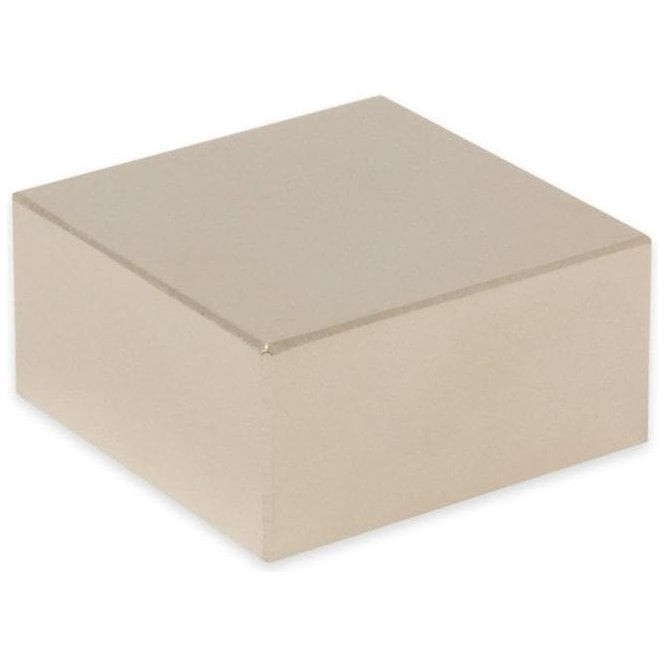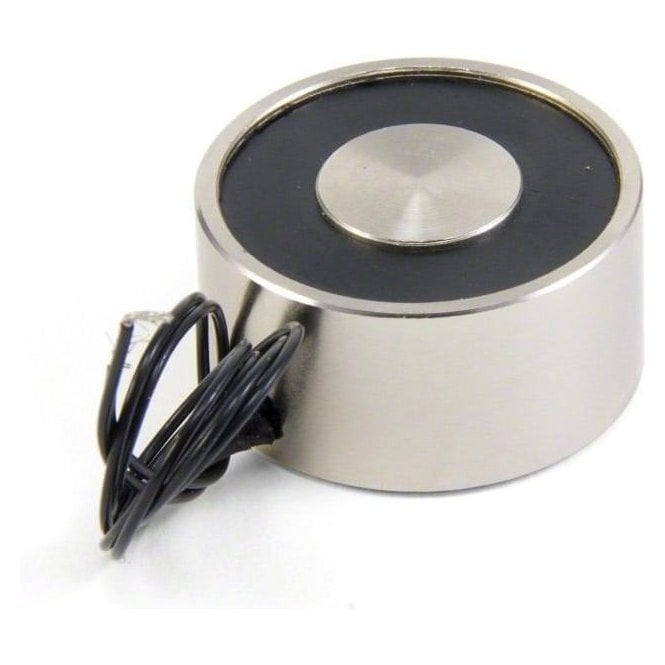Many customers have questions about magnets and our team of experts are always on hand to help our customers via email, telephone or via messages on social media, but the answers you may be looking for could be right here!
We’ve put together five of the most common questions about magnets including how they work, the difference between types of magnets, how are magnets are made and much more and given you all the answers you need below.
How are magnets made?
Each different type of permanent magnet are made in a different way, but each manufacturing includes a process of casting, pressing and sintering, compression bonding, injection, moulding, extruding or calendaring processes.
You can find out more about how each type of permanent magnet is made below:
How are neodymium magnets made?
How are samarium cobalt magnets made?
How are flexible magnets made?

What is the strongest type of magnet?
The strongest magnets that are commercially available are rare earth neodymium magnets. They are made from an alloy of neodymium, iron and boron and are also known as NdFeb magnets.
Neodymium magnets are available in different grades including N42 and N35 and the strongest grade commercially available, N55.
Learn more about Neodymium magnets here.
How does a magnet work?
The way in which a permanent magnet works is all to do with its atomic structure, all ferromagnetic materials produce a naturally occurring, albeit weak, magnetic field created by the electrons that surrounds the nuclei of their atoms.
These groups of atoms can orient themselves in the same direction and each of these groups is known as a single magnetic domain. Like all permanent magnets, each domain has its own north pole and south pole.
When a ferromagnetic material is not magnetised, its domains point in random directions and their magnetic fields cancel each other out.

To make a permanent magnet, ferromagnetic material is heated at incredibly high temperatures while exposed to a strong, external magnetic field.
This causes the individual magnetic domains within the material to line up with the direction of the external magnetic field to the point when all the domains are aligned, and the material reaches its magnetic saturation point.
The material is then cooled, and the aligned domains are locked in position, this alignment of domains makes the magnet anisotropic.
After the external magnetic field is removed hard magnetic materials will keep most of their domains aligned, creating a strong permanent magnet.
What are rare earth magnets?
Rare earth magnets are made out of the rare earth group of elements in the periodic table and are famous for their strength. The most common rare earth magnets are neodymium-iron-boron (NdFeb) and samarium cobalt (SmCo) varieties.
Despite the name, rare earth elements are relatively abundant in the earth’s crust, however, they are not typically found in economically exploitable deposits and are often dispersed, deriving the term ‘rare earth.’
What is the difference between a permanent magnet and an electromagnet?
A permanent magnet is a solid material that produces its own consistent magnetic field because the material is magnetised.
However, the magnetic field exerted by an electromagnet is produced by the flow of electric current and disappears when the current is turned off.

Permanent Magnet

Electromagnet


